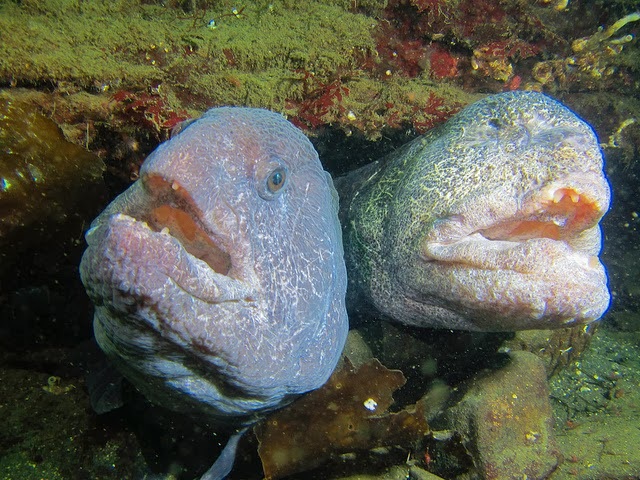

Mothering Skills: The red eggs of pom-pom crab are carried around on the female. Marine aquaria are further subdivided by hobbyists into fish only (FO), fish only with live rock (FOWLR), and reef aquaria. Boxing Gloves: If provoked or attacked by a predator, the pom-pom crab (boxing crab) will threaten the aggressor and try to deter it by waving it’s anemones around, the tentacles of which are well armed with cnidocytes (stinging cells). They pointed out the main issue was nutritional, but gave no advice. The Wolf Eel may be kept in a reef aquariumreef aquariumA marine aquarium is an aquarium that keeps marine plants and animals in a contained environment. They touted 2 years as if that was good and a success. Fatty fish, or a live fish supplement does need to included imo.īTW, that's the same mag that I read an article about the lifespan of moray eels in captivity. All the research so far I have not food any other dead fish that fits the bill, as available and affordable as wild salmon. My inclusion of the SFB silversides is minimal, by no means the dominant part of their diet. Captive wolf-eels in their bottom-wandering phase of life (young adult) have eaten as many as 24 Dungeness crabs in a single day. Baby wolf-eels in captivity may eat up to 100 herring larvae at a time. Human grade krill would obviously be a better choice the reason I don't feed lfs krill is that it is long dead, treated with ethoxyquin, and enhanced with chemical preservatives. At all ages they seem to have great appetites. I can see if krill was being fed when live ghost shrimp was unavailable but you would still have to include a fatty fish or live fish. Since most hobbyists prefer that their eels do not eat their prized invertebrates, most are fed a meaty seafood diet (table shrimp, clams, krill, etc.).

They eat fish, molluscs (squid and cuttlefish), and crustaceans (. Krill is the most common source of high thiaminese, very unlikely anyone feeding a krill dominant diet to have long term success. They are ambush predators that pounce on a prey as it passes by.


 0 kommentar(er)
0 kommentar(er)
